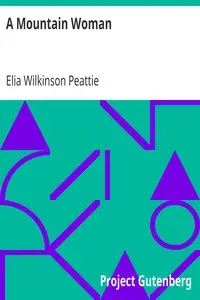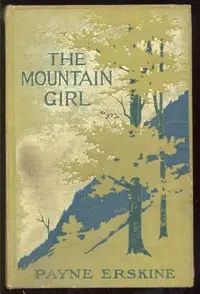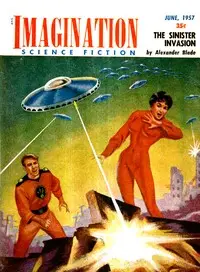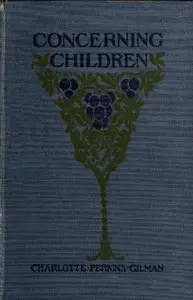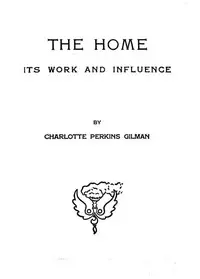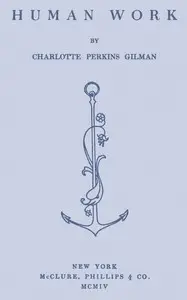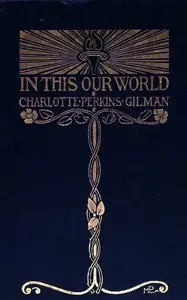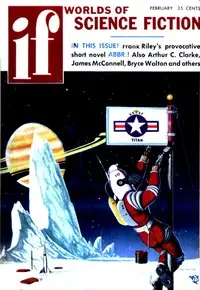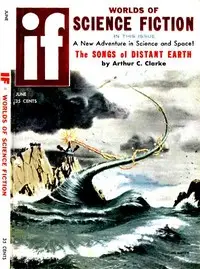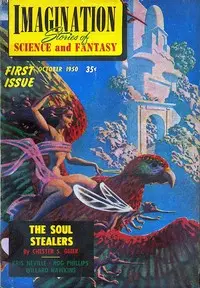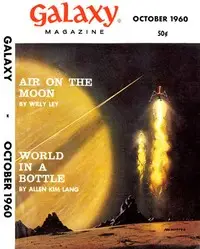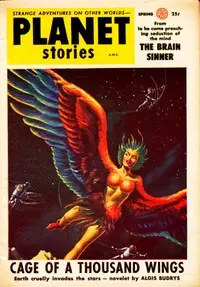"Moving the Mountain" by Charlotte Perkins Gilman is a story about a man awaking to a world transformed, where women lead and society is radically different. John Robertson, lost for thirty years, returns to find his sister and a world unrecognizable from the one he left behind. The core of the story revolves around John's journey to understand this new reality. It is a world where gender roles have been overturned and progress has changed how society functions. Through John's eyes, the book shows a detailed and complicated exploration of progress and the huge changes in human society.
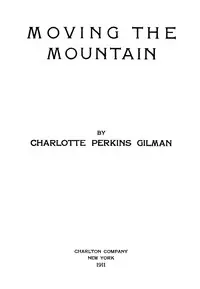
Moving the Mountain
By Charlotte Perkins Gilman
A man awakens from a decades-long slumber to discover a world utterly reshaped by the rise of women and dramatic societal advancement.
Summary
About the AuthorCharlotte Perkins Gilman, also known by her first married name Charlotte Perkins Stetson, was an American humanist, novelist, writer, lecturer, early sociologist, advocate for social reform, and eugenicist. She was a utopian feminist and served as a role model for future generations of feminists because of her unorthodox concepts and lifestyle. Her works were primarily focused on gender, specifically gendered labor division in society, and the problem of male domination. She has been inducted into the National Women's Hall of Fame. Her best remembered work today is her semi-autobiographical short story "The Yellow Wallpaper", which she wrote after a severe bout of postpartum psychosis.
Charlotte Perkins Gilman, also known by her first married name Charlotte Perkins Stetson, was an American humanist, novelist, writer, lecturer, early sociologist, advocate for social reform, and eugenicist. She was a utopian feminist and served as a role model for future generations of feminists because of her unorthodox concepts and lifestyle. Her works were primarily focused on gender, specifically gendered labor division in society, and the problem of male domination. She has been inducted into the National Women's Hall of Fame. Her best remembered work today is her semi-autobiographical short story "The Yellow Wallpaper", which she wrote after a severe bout of postpartum psychosis.


